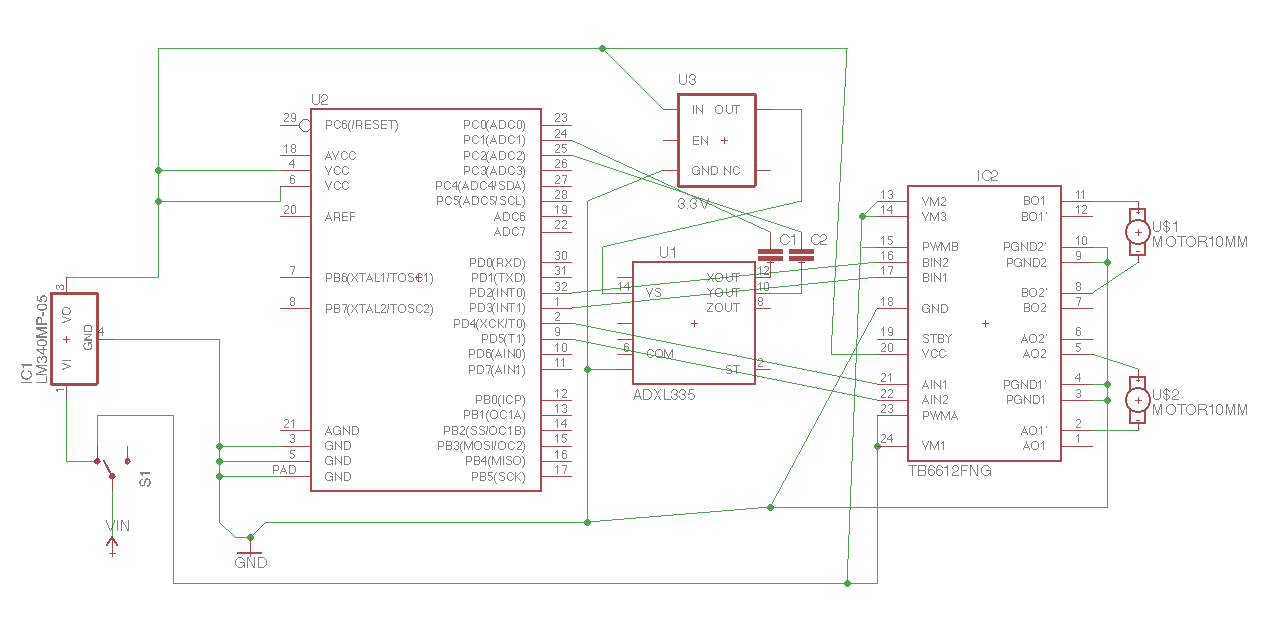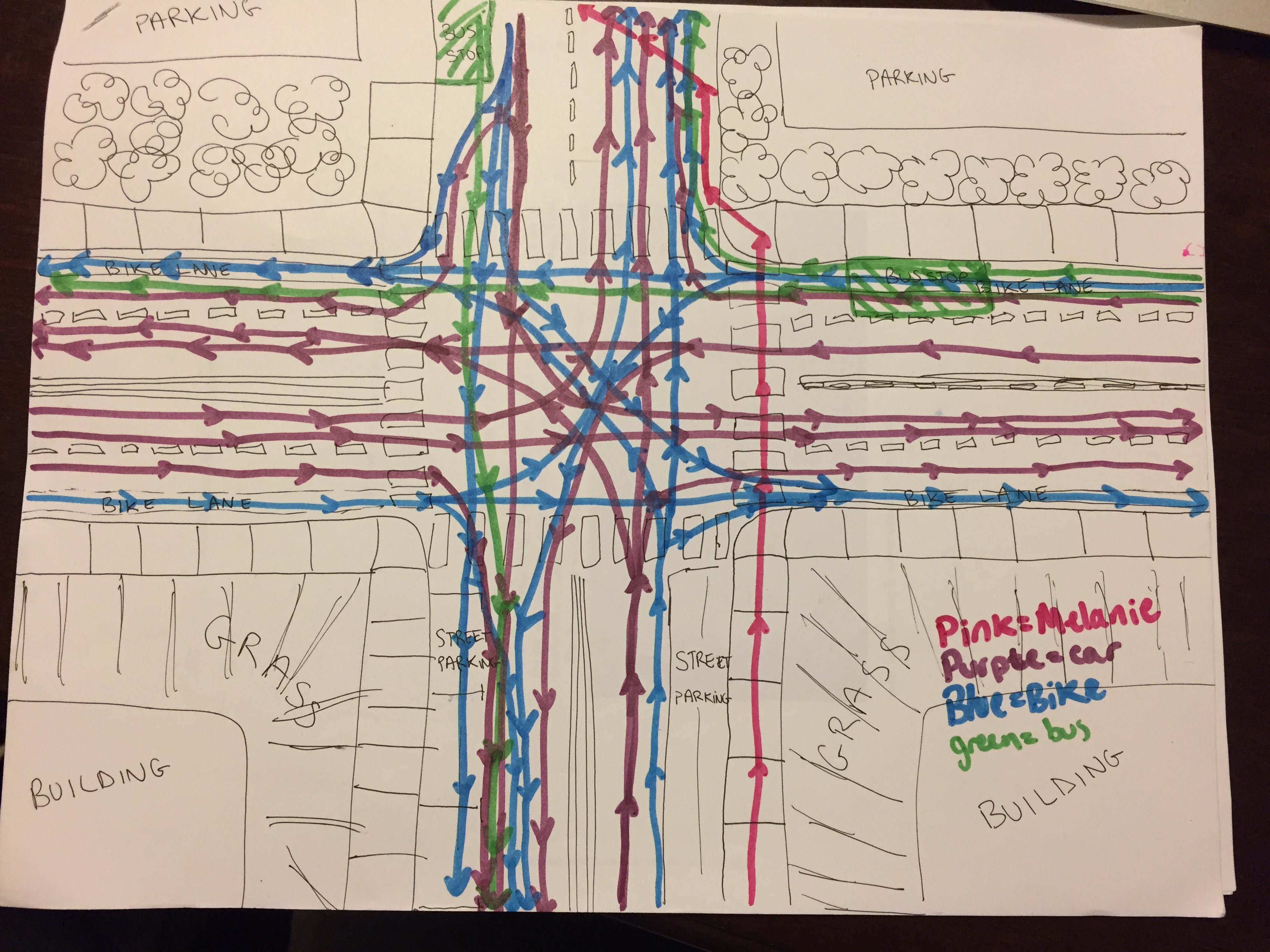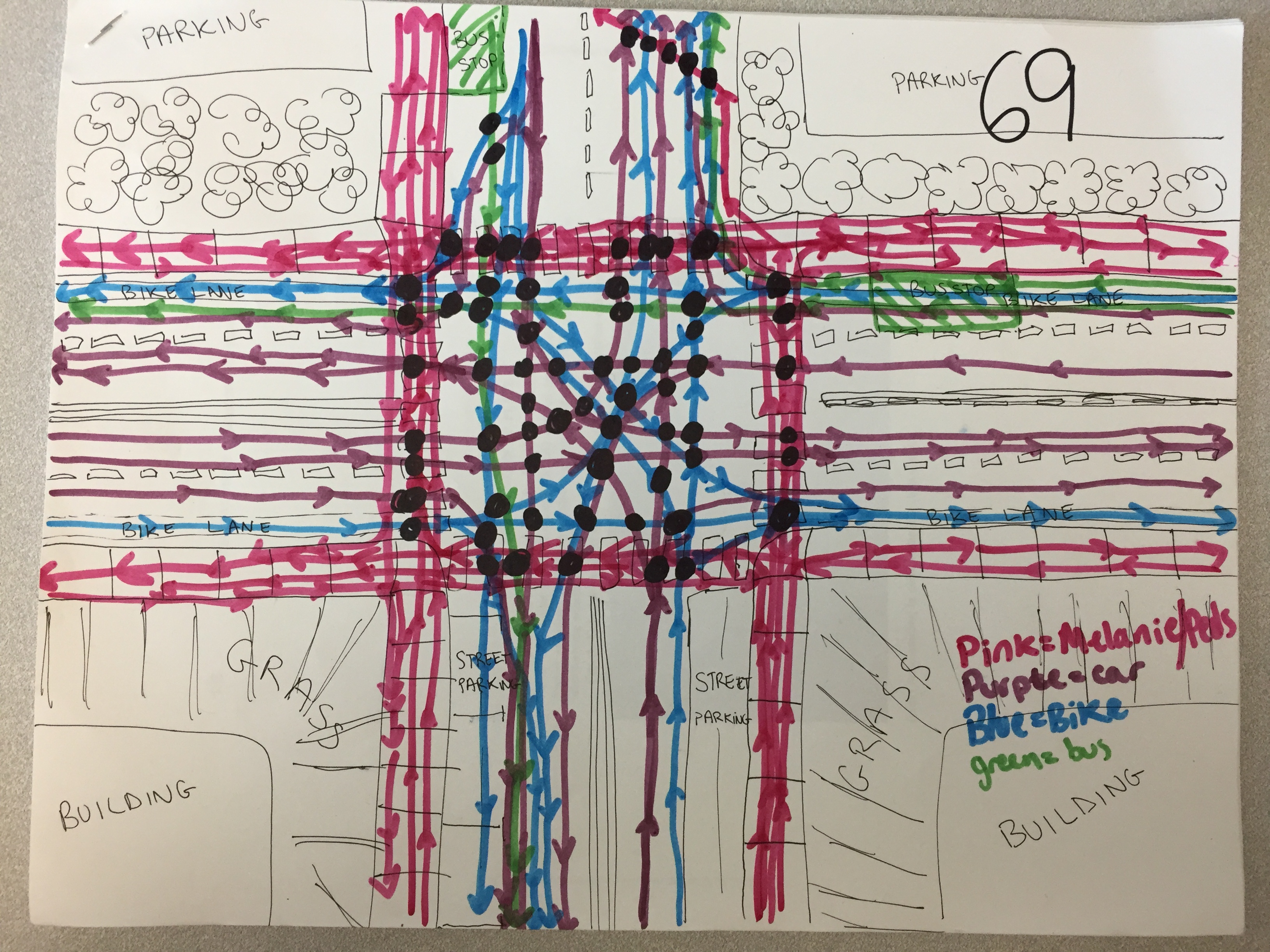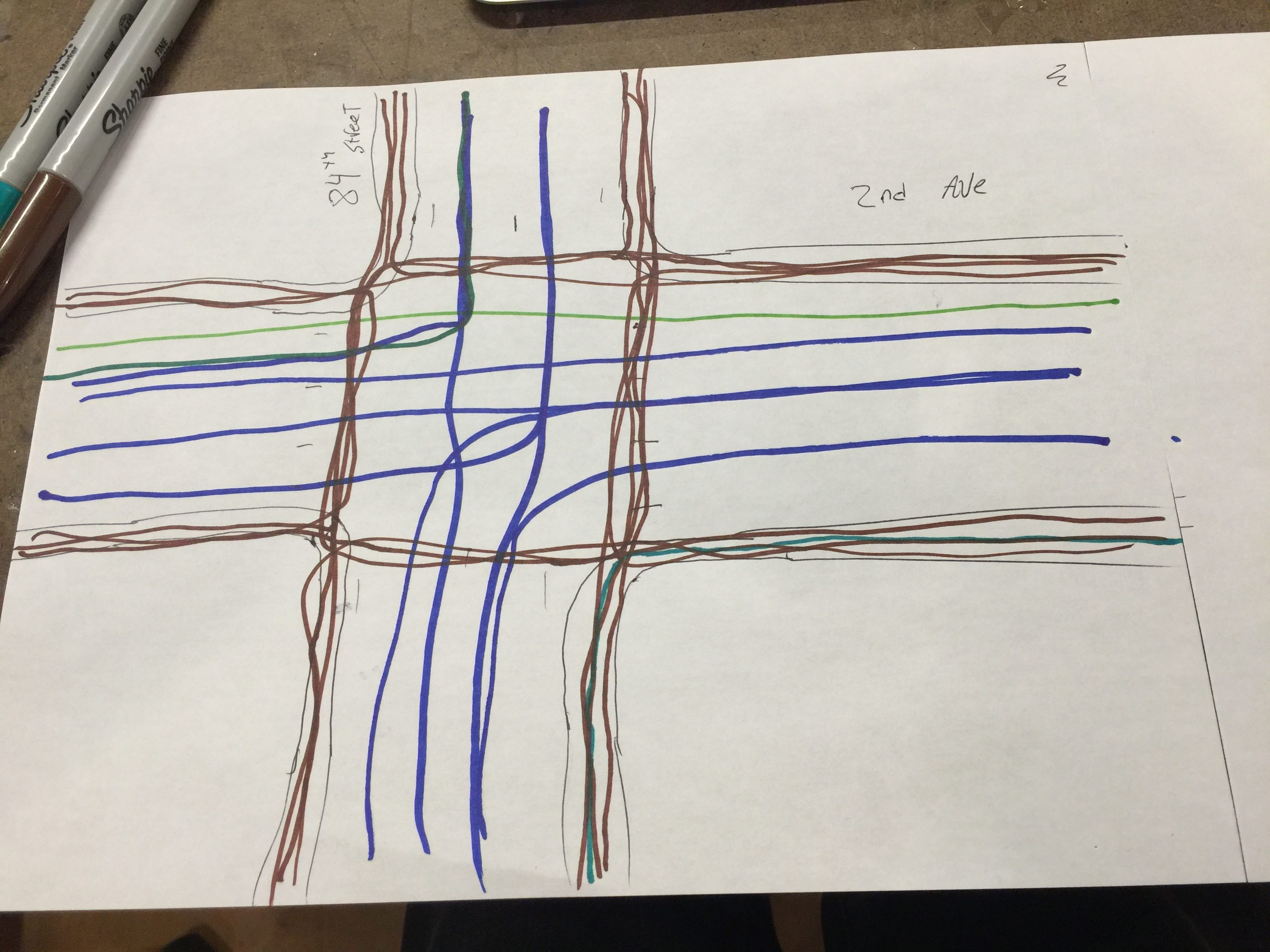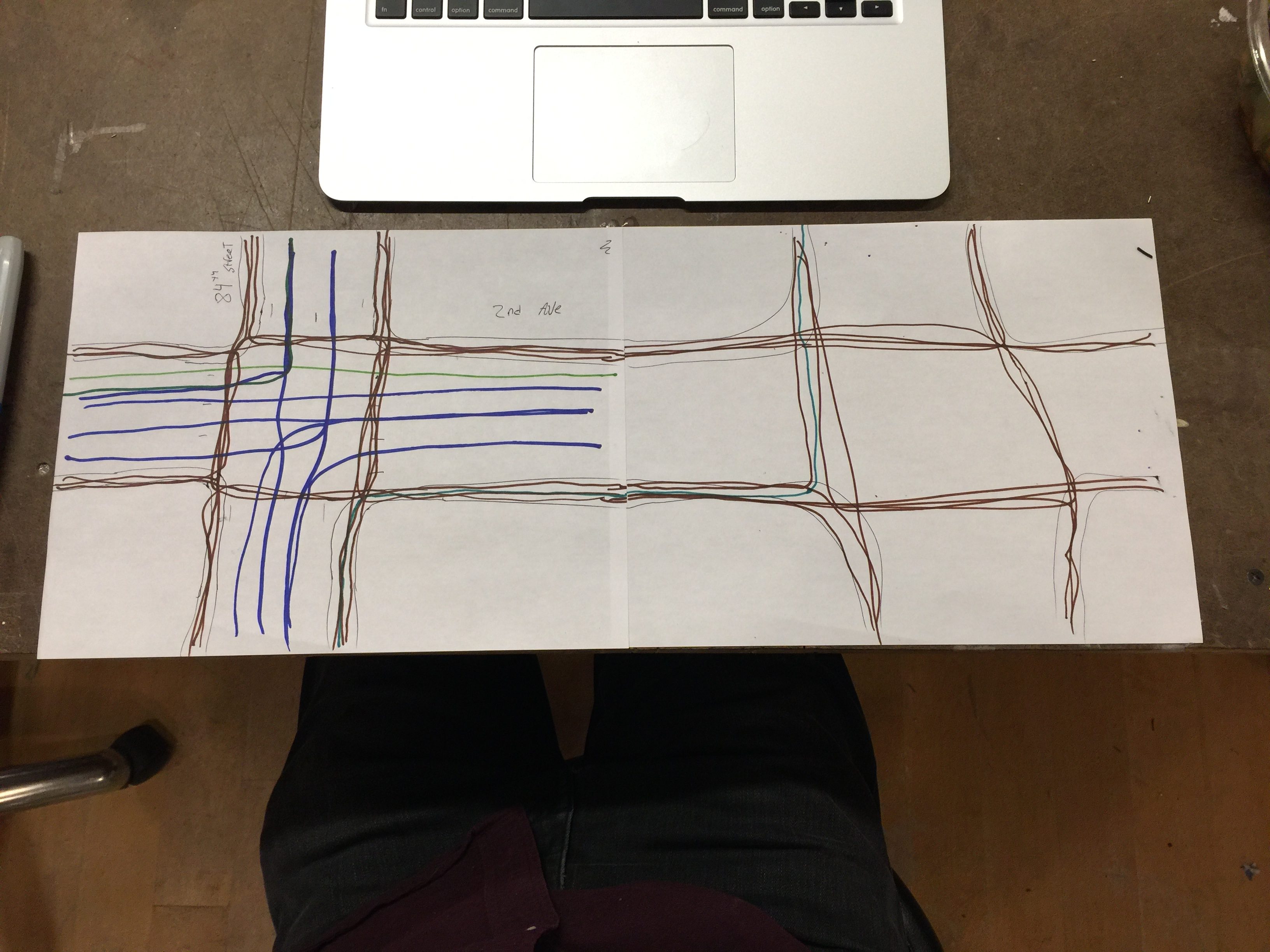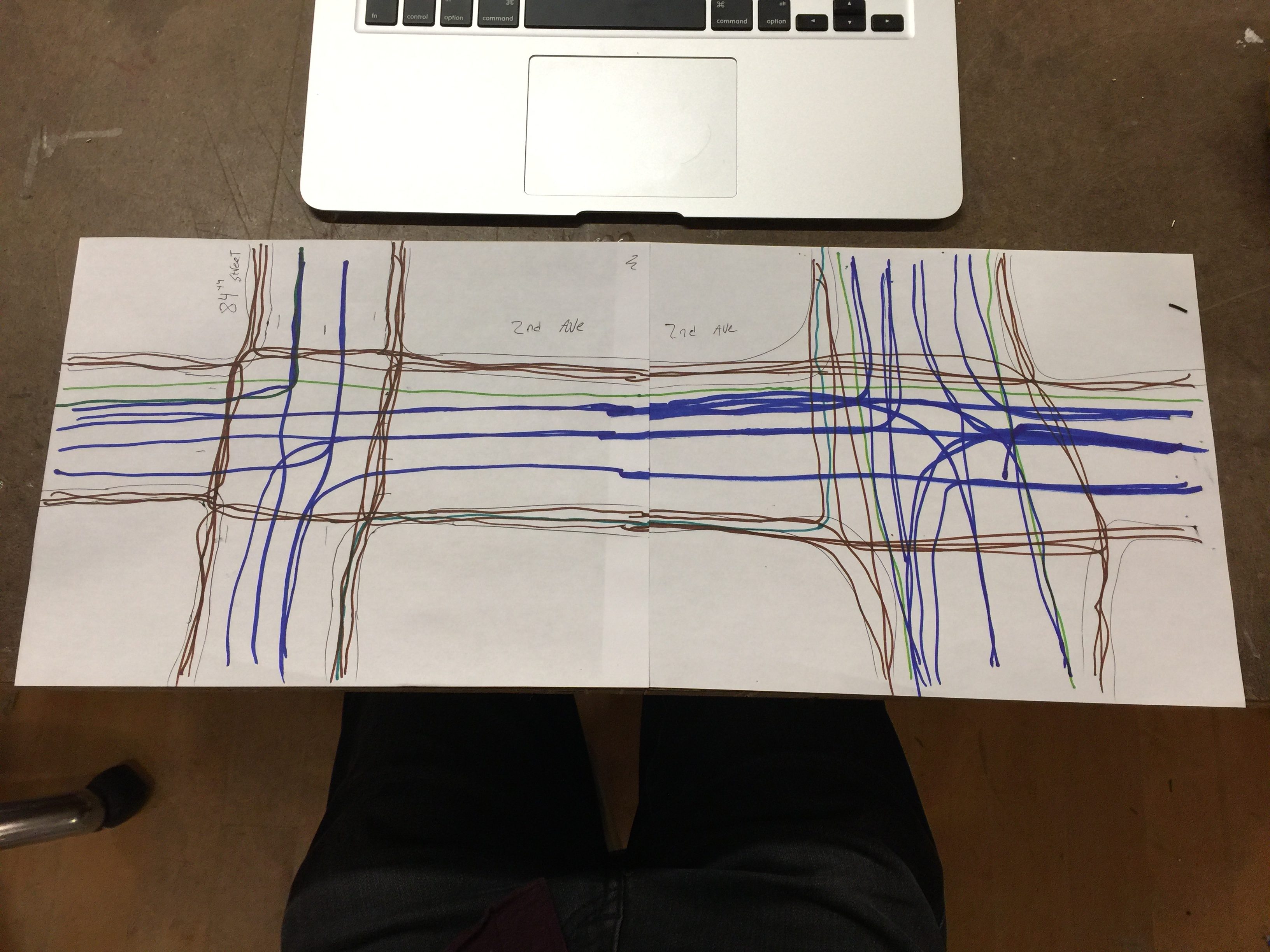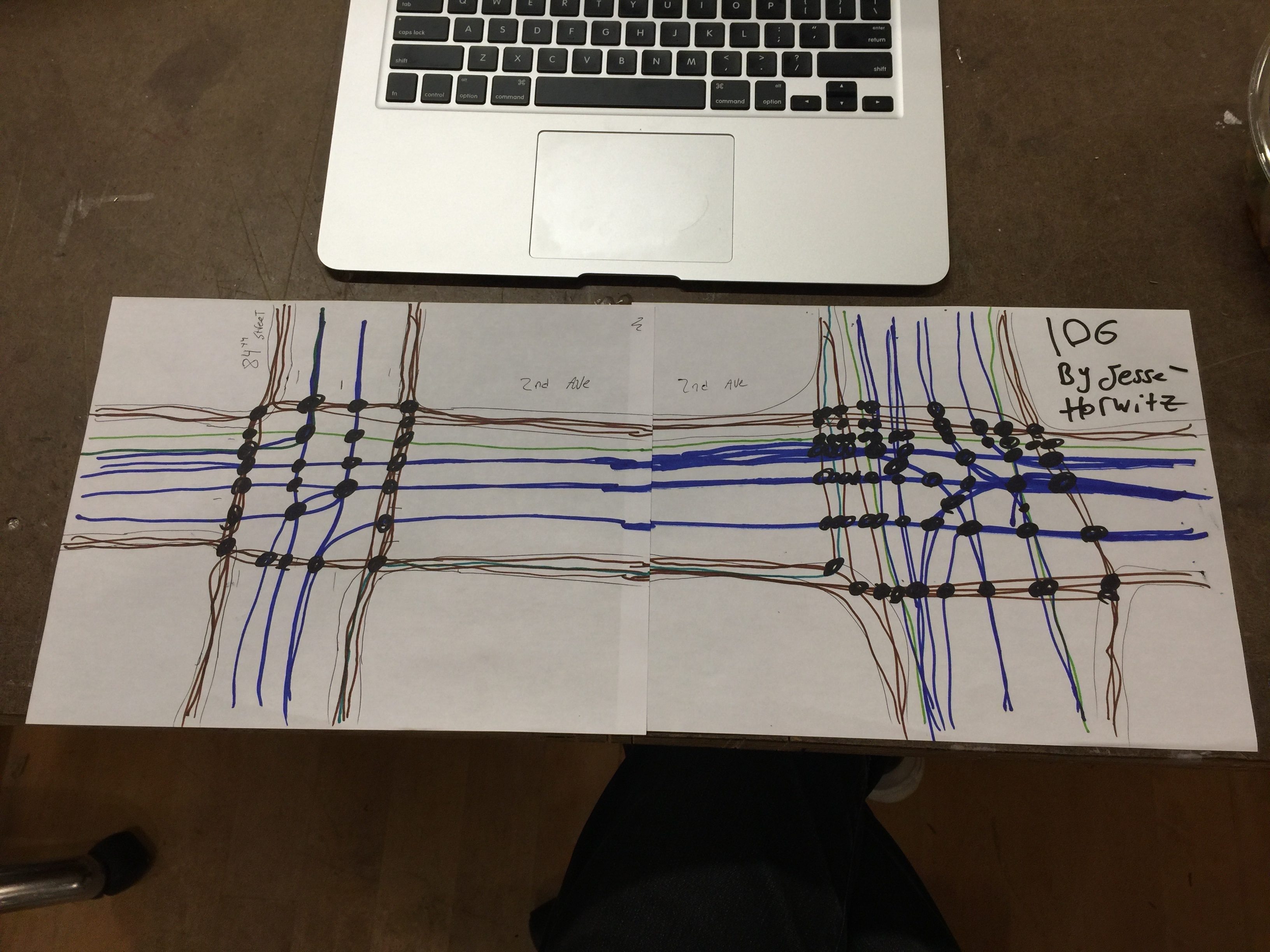I’ve been interested in “density” as a characteristic of place since I was first introduced to the term. After reading the material for this week I realize that in someways I’ve really been interested in the system(s) of density for as long as I can remember. To this day I like to play city building games with the goal of creating as layered and self-contained of a metropolis as possible. Following this interest into the realm of known artists I remembered an architect named Paolo Soleri. Soleri is know for, among other things, his interest in “arcology”, a structure meant to host “very densely populated, ecologically low-impact human habitats”.

Many of Soleri’s Arcology concepts appear in his book Arcology – City in the Image of Man (1969). The goal of these arcology was to provide a model for an alternative system of sustainable urban development and generally human life.
“Soleri bases his entire arcology neither on economic, social, or industrial considerations but on a philosophical system. It is so all-embracing in its scope that it relates the arcological city unity to the entire evolution of organic life, from the proto-biological primordial ooze to an as yet unevolved Neo-Matter …. Insisting that nature and human evolution work as vectors or parallel progressions, he ties the future fate of mankind to the same increasing complexification that has marked the rise of our organism from the amoeba.” —Sibyl Moholy-Nagy The Architectural Forum, 1970

The term arcology, which Soleri coined, is a portmanteau of “Architecture” and “Ecology”. Through Donella Meadows’ identification of leverage points this seems like a great (though apparently unsuccessful) attempt to change the paradigm of urbanization, as these renderings, “take you outside the system and force you to see it whole.”
Ultimately, I am a bit conflicted about Soleri’s arcology. On the one hand this does seem to satisfy a desire for efficiency and system awareness that I feel is sometimes lacking in environmental or urban focused work. In addition, I think that there is a general bias, at least in the US, against large scale urbanization and planning that something like this requires. So I think mapping out a series of habitats like this is important. It communicates the subtle idea that humans don’t necessarily have to be in nature to work with nature. And that the systems that make existing cities so productive culturally, economically and politically can be harnessed in an intentional and pointed way. On the other hand, these arcology can be seen as further obfuscating the already “unconscious” role infrastructure plays in our lives and would deny the largely self organizing qualities of our existing urban systems. Either way, Arcology – City in the Image of Man is a totally beautiful book and Soleri’s ideas have spawned a whole community dedicated to this kind of vision.
Works consulted:
https://en.wikipedia.org/wiki/Arcology
https://en.wikipedia.org/wiki/Paolo_Soleri
